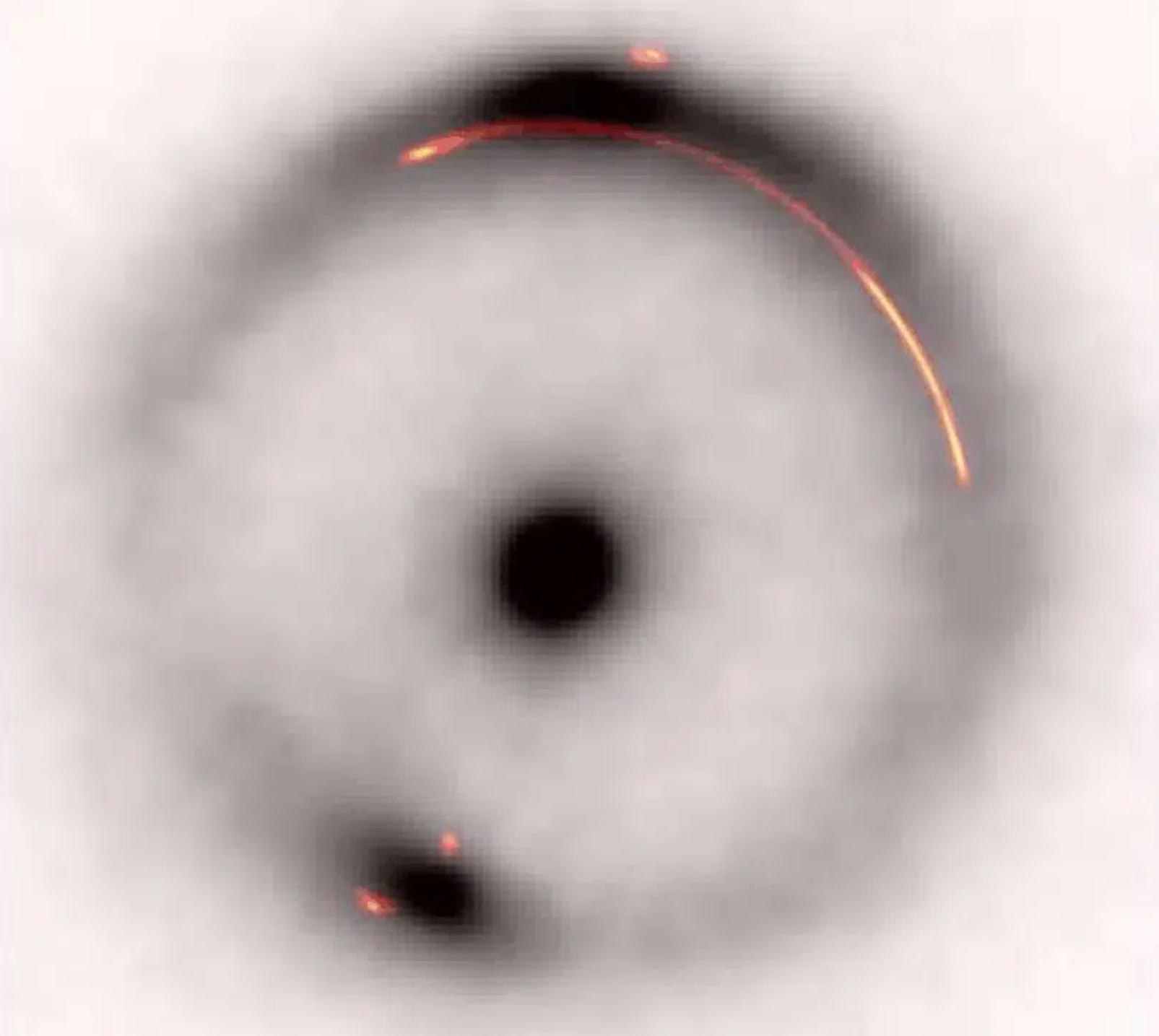| IN A NUTSHELL |
|
In a groundbreaking study, researchers have unveiled that up to 40% of explosive white dwarf pairs might originate from triple-star systems. This revelation challenges long-held beliefs about the formation of these volatile systems, known as cataclysmic variables (CVs). Traditionally thought to arise from two stars spiraling together within a shared envelope of gas, this new research suggests the presence of a third star could play a pivotal role. By using data from the European Space Agency’s Gaia mission, the researchers identified a substantial number of CVs in hierarchical triple-star systems, prompting a reexamination of how these explosive duos come to be.
Triples Stir Star Trouble
For decades, the astronomical community believed that cataclysmic variables (CVs) were formed primarily through the interaction of two stars. These stars, caught in a gravitational dance, would spiral together through a shared gas envelope, creating the explosive phenomena observed. However, new findings suggest that a third star might be the true architect behind many such systems. By nudging the inner pair into a tighter orbit, this “cosmic third wheel” can significantly influence the formation of CVs.
Research led by Caltech’s assistant professor of astronomy, Kareem El-Badry, utilized data from the Gaia mission to explore this possibility. The team identified 50 CVs in hierarchical triple-star systems, where a third star orbits much farther away from an inner stellar pair. Such a configuration was found in about 10% of known CVs, a statistic too significant to dismiss. Further computer simulations of 2,000 hypothetical triple-star systems supported this theory, revealing the gravitational impact a third star can have on the orbital dynamics of the inner pair.
New Origins, Old Assumptions
The conventional understanding of CV formation has long centered around the spiral-in common-envelope model. Yet, the latest models demonstrate that the gravity of a third star can stretch the orbital path of an inner binary system. This extension allows the two stars to come closer, enabling tidal forces to shrink and circularize their orbit without the need for the traditional gas-envelope phase. In simulations, it was found that 20% of CVs formed without the envelope process, while 60% involved the third star initiating the spiral-in.
Caltech graduate student and lead author, Cheyanne Shariat, explains that the third star’s gravitational influence results in a highly eccentric orbit for the binary stars. This eccentricity forces the companion star closer to the white dwarf, allowing tidal forces to dissipate energy and bring the stars together. These simulations indicate that up to 40% of CVs may emerge from triple systems, reshaping our understanding of these explosive stellar phenomena.
Distance and Detection
A crucial factor in the formation of CVs within triple-star systems is the initial distance between the stars. Systems that gave rise to CVs often began with a wide separation, exceeding 100 astronomical units, between the inner stellar pair and the distant third star. This large distance allows for the gravitational influence necessary to bring the inner stars closer over time. However, detecting these third stars poses a challenge. Many may now be too faint or too far away to observe, or they might have been ejected from the system entirely.
El-Badry highlights that for decades, the scientific community relied on the spiral-in common-envelope evolution model to explain CV formation. The realization that many of these systems involve a third star marks a significant shift in understanding. As researchers continue to explore these stellar dynamics, the role of distance and detection becomes increasingly important in identifying and studying potential triple-star systems.
Implications for Future Research
This discovery opens new avenues for astronomical research, offering insights into the complex interactions within triple-star systems. By challenging long-held assumptions about CV formation, scientists can now explore alternative pathways for the emergence of these explosive duos. The findings also underscore the importance of missions like Gaia, which provide the precise data needed to uncover these hidden cosmic relationships.
As the study appears in the journal Publications of the Astronomical Society of the Pacific, it invites the scientific community to reconsider established models and explore the myriad ways stars interact in the universe. With up to 40% of CVs potentially forming in triple systems, researchers are prompted to investigate how these findings might apply to other stellar phenomena and what they might reveal about the broader dynamics of our galaxy.
The discovery that a third star plays a pivotal role in the formation of explosive white dwarf pairs challenges decades of astronomical assumptions. With this new understanding, what other cosmic mysteries might be unraveled by considering previously overlooked influences?
This article is based on verified sources and supported by editorial technologies.
Did you like it? 4.6/5 (27)
Source link


